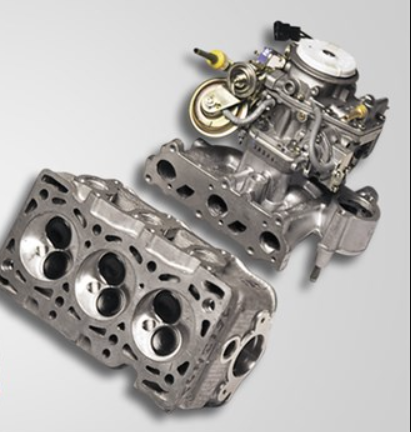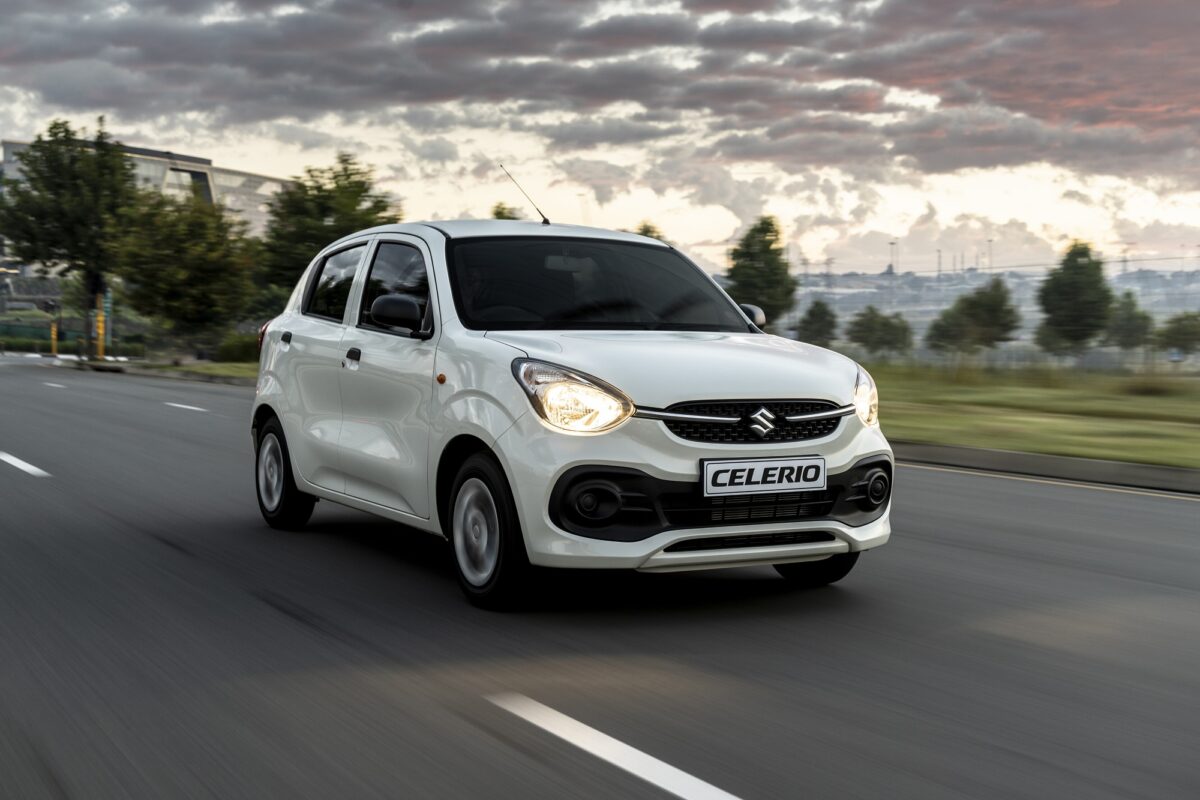With the onset of Real Driving Emission Regulations, all vehicles sold in India are required to comply with BS6 Phase-II norms applicable from the 1st of April 2023. Due to this, all the vehicles that do not meet these norms will be axed by their respective manufacturers.
As a result, numerous models of cars will end up getting phased out during the early days of April. One such car that has gotten discontinued is Maruti Suzuki India’s entry-level model – the Alto 800. Launched back in 2012, the hatchback had completed more than 12 years on India’s roads putting thousands of Indians on wheels.
Why?

The country’s largest manufacturer has halted production of the most affordable hatchback and will be selling the remaining units until stocks last. According to Maruti Suzuki, making the required investments to help the Alto 800 meet the new BS6 Phase 2 standards would not have made financial sense due to the declining sales of the entry-level hatchback segment.
Over the years, the cost of raw materials and overall production has gone up significantly, forcing the carmaker to increase the price of the Alto. Furthermore, with the introduction of these updated emission norms, the prices will go up even more. The Indian government is also hinting towards introducing more stringent safety rules such as 6 airbags. All these factors have forced the automaker to stop production of the car.
The Alto’s Engine

This also marks the end of the road for the brand’s iconic F8D 796cc engine. The Alto 800 was the last model to come powered by this engine that started off in the iconic Maruti 800’s engine bay. This 0.8-liter petrol mill churned out 47bhp of power and 69 Nm of torque claiming a fuel efficiency of 22.05kmpl with petrol and 31.59km/kg with CNG.

The roots of this engine trace back to Japan where it was first developed in the 1970s. During its early days in India, it produced 39 bhp and 59 Nm of peak torque in its F8B form. The major update to F8D in the year 2000 led to an increase in its power output. The upgraded version not only belted out 53 bhp and 69 Nm of peak torque but was also equipped with fuel injection and a 4-valve system. This enhancement also made the engine compliant with the then stricter BS2 emission norms. This system came paired to a 4-speed manual gearbox in its F8B guise, however, was eventually updated to a 5-speed unit in its latest F8D version.
Maruti’s New Entry-Level Car
With the Alto 800 gone, the newer Alto K10 will now act as the brand’s new entry-level model. Maruti launched the Alto K10 in the market last year, which draws power from a 998cc, three-cylinder petrol engine generating 66 bhp and 89 Nm of peak torque. The hatchback is available with both a 5-speed manual and an AMT gearbox along with CNG fuel options.

At the time of its discontinuation, the Alto 800 was priced from Rs 3.54 lakh to Rs 5.13 lakh. However now, buyers will have the Alto K10 as their entry point to the carmaker’s range. The Alto K10 comes priced from Rs 3.99 lakh to Rs 5.95 lakh, ex-showroom.
Official Statement
Commenting on the occasion, Shashank Srivastava, Maruti Suzuki India’s Senior Executive Officer for Marketing and Sales, said, “What we have observed is that the entry-level hatchback segment, where the Alto 800 operates, has been coming down over the years. The volumes declined because the cost of vehicle acquisition in the entry-level segment has increased substantially over the past few years.”
He further added, “Another factor that played a key role in halting the Alto 800’s production is the rise in demand for the elder sibling of the 800cc hatchback – the Alto K10.”

